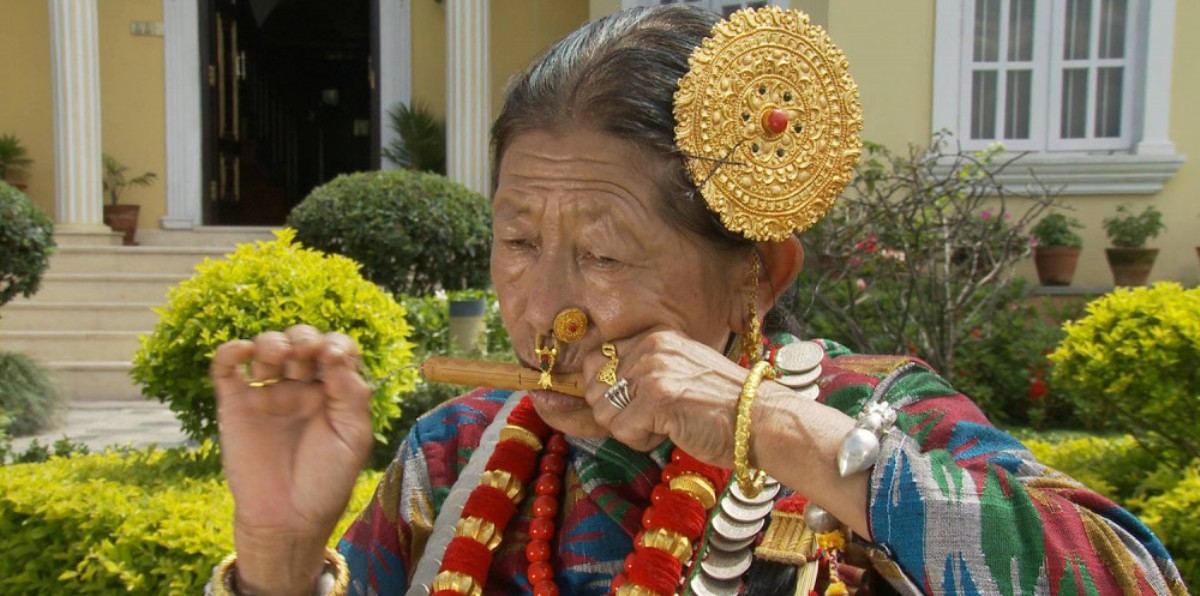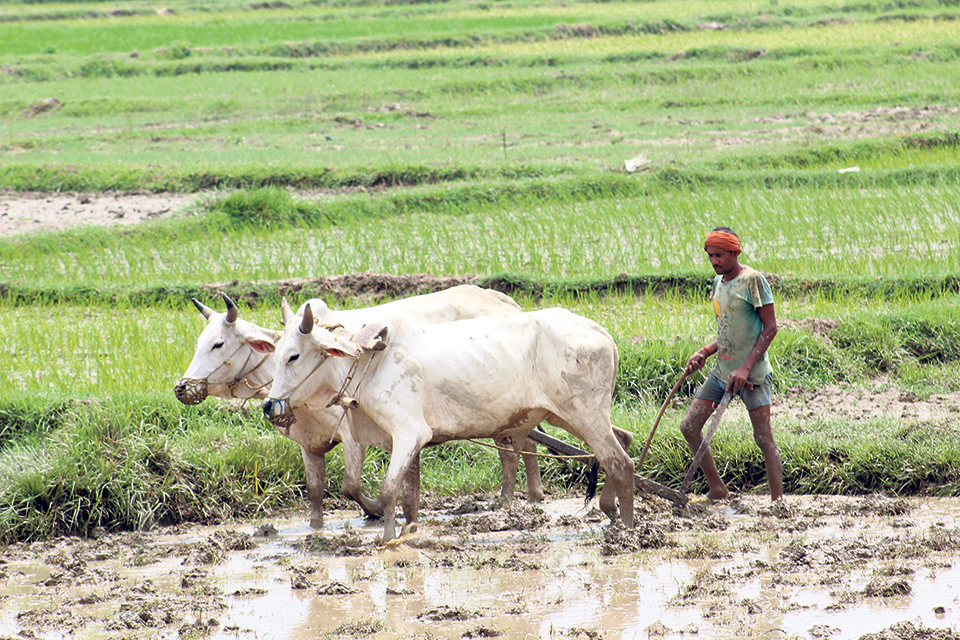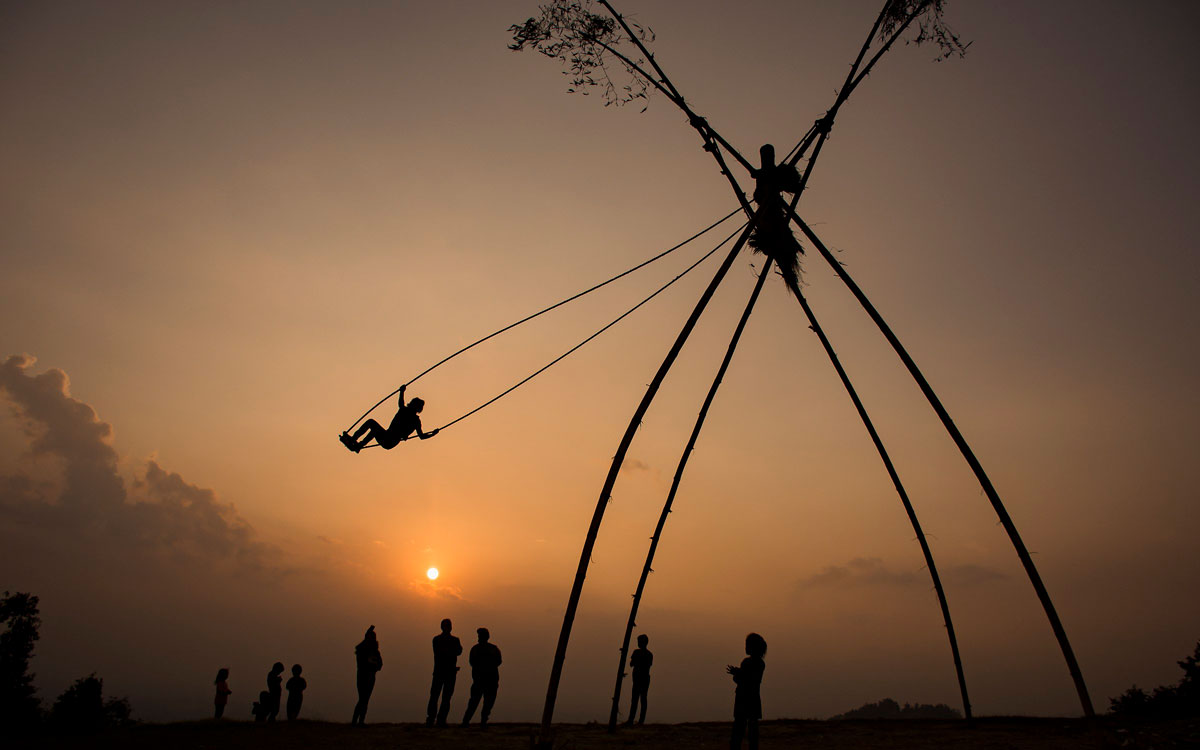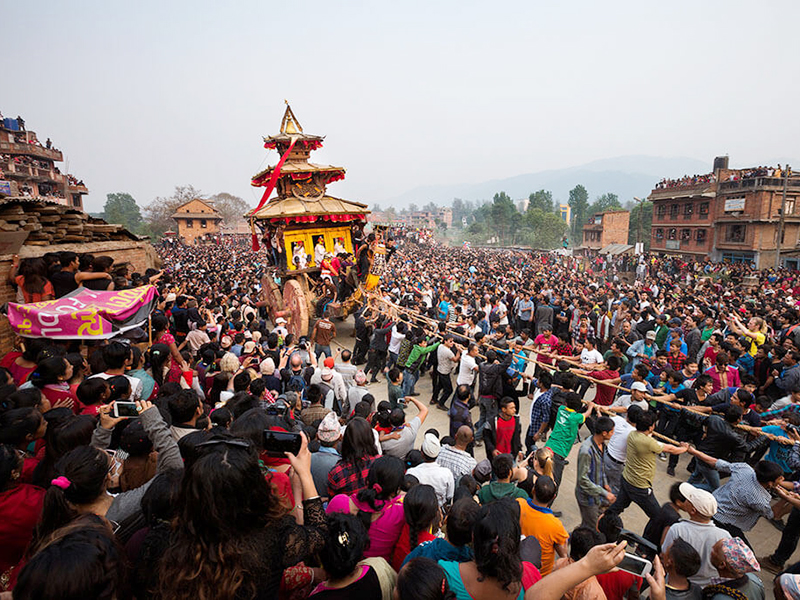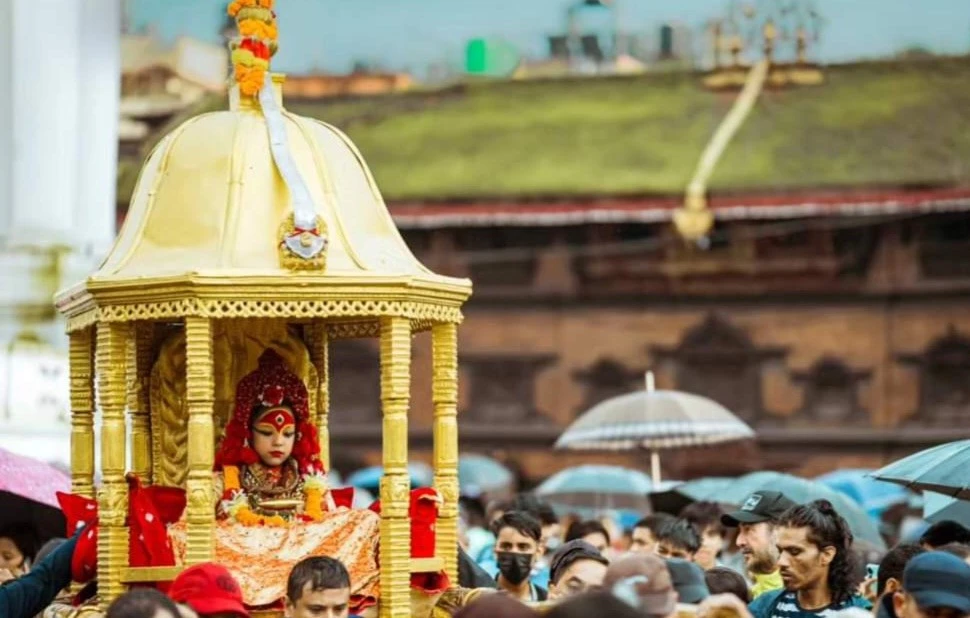Share this Article
Introduction
Binayo is a traditional wind instrument deeply rooted in the Kirant culture of the Eastern Himalayan region. This small yet melodious instrument is crafted from Malingo bamboo, a variety of bamboo known for its durability and flexibility unlike many wind instruments that require finger placements to change notes, Binayo is unique as it is played by simply blowing air into it mostly found in Sikkim, Darjeeling, Nepal and Bhutan. Binayo is an important cultural symbol among the indigenous Kirant communities, particularly the Rai and Limbu people.
With its soothing, resonant sound, Binayo holds an essential place in folk music, storytelling and religious rituals. This article delves deep into the history, craftsmanship, playing techniques and cultural significance of Binayo highlighting its role in the rich musical traditions of the Himalayan people.
Historical Background
The history of Binayo can be traced back centuries, where it was primarily used as an accompaniment to traditional Kirant music and dances. The instrument has remained relatively unchanged over generations, preserving its authenticity and deep-rooted cultural importance.
Kirant tribes, one of Nepal’s oldest indigenous groups, have long used Binayo in various ceremonies, storytelling sessions, and courtship rituals. It is believed that in ancient times, young men played the Binayo as a means of expressing emotions and attracting potential partners. The enchanting sound of Binayo has also been associated with nature, imitating the calls of birds and the whispering wind in the dense Himalayan forests.
Physical Characteristics and Construction
Material and Design
Binayo is exclusively made from Malingo bamboo, a type of bamboo native to the Himalayan region. Malingo is ideal due to its lightweight nature, durability and excellent resonance quality. The process of making Binayo requires skilled craftsmanship, ensuring the perfect balance of size and shape to produce the desired sound.
Size and Dimensions
- Length: Approximately 6 inches
- Width: About 1 inch
- Shape: Flat and narrow
The instrument is carefully hollowed out and shaped to maximize airflow and sound production. Unlike other wind instruments, Binayo does not require holes for tuning, instead the entire body acts as a resonating chamber.
Playing Technique
Playing the Binayo is an art that requires skill and practice unlike flutes or harmonicas, where finger placement controls notes, Binayo relies entirely on breath control and positioning.
Basic Steps to Play Binayo:
1. Hold the Instrument Firmly: Binayo is placed between the lips and held gently.
2. Blow Air Steadily: The player blows a consistent stream of air through the instrument.
3. Use Jaw and Tongue Movements: By adjusting jaw pressure and tongue placement, different sounds and tonal variations can be produced.
4. Control the Resonance: The shape and position of the mouth influence the timbre of the sound, creating a rhythmic melody.
Binayo is often used to accompany traditional dances and storytelling performances, adding depth to the cultural expressions of the Kirant people.
Cultural Significance
1. Traditional Music and Dance
Binayo is an essential element in Kirant folk music, often played alongside percussion instruments . It enhances the rhythm of traditional dances such as the Dhan Nach (a famous dance of the Rai community) and Sakela Dance, where its mystical tunes complement the synchronized steps of the performers.
2. Religious and Spiritual Role
In the Kirant faith, nature and ancestors hold a sacred place and Binayo’s sound is believed to connect the living with the spirits of nature. It is used during religious ceremonies and rituals to invoke blessings from ancestors and natural deities. Shamans and spiritual leaders sometimes use Binayo’s music to enter meditative states or perform healing practices.
3. Social and Courtship Tradition
In the past, young men played Binayo to express love and admiration for their beloved. The soft, melodious sound was thought to carry emotions more effectively than words. This romantic use of Binayo was common in remote villages, where music was a primary form of communication in courtship.
4. Festivals and Celebrations
Binayo is prominently featured in festivals like Udhauli and Ubhauli, which mark the migration cycle of the Kirant people. These festivals celebrate the connection between humans and nature and Binayo’s presence enhances the festive spirit through its uplifting melodies.
Preservation and Revival
Due to urbanization and the popularity of Western musical instruments. However, efforts are being made to revive this unique instrument:
1. Cultural Workshops and Training: Organizations and cultural groups in Nepal and Sikkim have started training programs to teach the younger generation how to craft and play Binayo.
2. Integration into Modern Music: Some contemporary folk bands have incorporated Binayo into fusion music, blending traditional sounds with modern genres.
3. Government and NGO Support: Various cultural preservation organizations are promoting indigenous instruments like Binayo through documentation, recordings, and festivals.
Conclusion
Binayo, a humble yet profoundly significant wind instrument of the Kirant culture, continues to hold a unique place in the musical heritage of the Himalayas with its distinctive bamboo construction, simple yet captivating sound and deep cultural connections, Binayo remains an integral part of traditional Nepali and Sikkimese music.
Although facing challenges in modern times, dedicated efforts in preservation and revival can ensure that Binayo’s enchanting tunes continue to echo through the mountains, keeping alive the traditions and stories of the Kirant people for generations to come.
Categories:
Culture & Traditions
Tags:
Binayo
,
Kirantculture
,
Nepaliinstruments
,
Indigenoussounds
,
Folkinstrumentnepal

